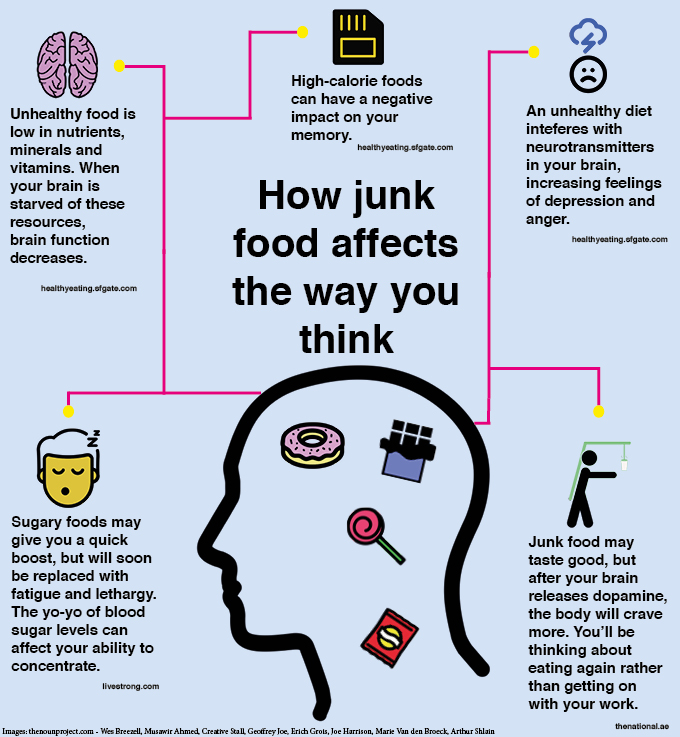
Food addiction was first described as a combination of substance based and behavioral addiction concepts associated with a strong craving or desire to eat a specific food.1 Currently, food addiction can be described as a substance use disorder with symptoms to include progressive use, withdrawal avoidance, failed attempts to cut back, unintended use, missed life events, time spent, and use in spite of consequences.2 Ultimately, studies have outlined biological and behavioral parallels between overeating and drug use (i.e., cravings, altered dopamine expression, and relapse to highly palatable food).3 Such unfavorable outcomes not only challenge individuals, but also nutritionists who wish to intervene. As a means of appreciating food addiction and nutritional coaching approaches, the following will consider the same.

Gordon et al3(3) indicated that the concept of food addiction remains controversial since some researchers question whether food or eating is addictive since it is required for survival. Other researchers outline common biological (i.e., reward pathways), behavioural (i.e., relapse or excessive use), and psychological (i.e., impaired control and preoccupation) contributors. What research has elucidated is strong support for the construct of food addiction in animals and humans alike.3(12)Furthermore, criteria outlined in the introduction (i.e., progressive use, withdrawal avoidance, failed attempts to cut back, unintended use, missed life events, time spent, and use in spite of consequences) has been supported by at least one study for each characteristic.3(12) In particular, brain reward and impaired control had the highest number of studies to support the same.3(12)

Foods found to have the greatest degree of addictiveness included those that were highly processed and dense in sugars, fats as well as salts.3(13) Such findings were also supported by Kessler4 who indicated that ultra-processed foods (UPFs) contained such ingredients, in addition to other qualities that enhanced the allure of said food products such as enhanced texture, aroma, temperature, and viscosity enhancing the appeal of foods.4(93)As mentioned in this author’s last post, Kessler 4(105)noted that 5 factors influence the allure and irresistibility of UPFs: calories, flavor hits, ease of eating, meltdown, and early hit. Said qualities have been closely researched by food manufacturing companies to override hunger and satiety mechanisms of humans.4(18) Additionally, such a multisensory, layered complexity stimulates the dopamine and reward system; a part of the brain which motivates organisms to actively seek out pleasure, such as those found in food consumption.4(7,49) Ultimately, such a combination of factors poses challenges to consumers as well as nutritionists attempting to intervene.

As mentioned previously, impaired control and particularly increased brain reward, had a high degree of research studies supporting said factors involved in food addiction.3(12)Such findings were also supported by Lennerz et al6 noting that the dopaminergic system of the brain tended to mediate reward/craving in addition to a hedonic (pleasant sensations) response. Historically, hedonic responses would work favourably for the organism to incentivize food consumption in time of need. However, the unusual combinations of nutrients in foods (in conjunction to calories, flavor hits, ease of eating, meltdown, and early hit) as well as a high glycemic index has induced a protracted hedonic and reward/craving response.6(645)

Such findings should remind nutritionists that overeating/addiction is a layered and complex relationship that exists between an organism’s evolutionary drive to seek out nutrient dense foods and food manufacturing companies. The seemingly intentional and premeditated design of UPFs to access such evolutionary proclivities has placed individuals in a precarious and perpetual cycle of UPF seeking and overconsumption. Breaking the cycle, therefore, will require a multi-faceted approach that simultaneously acknowledges an individual’s natural desire to seek food while also maintaining awareness that UPFs feed addictive behavior and overconsumption.
References
1. Sengor G, Gezer C. Food addiction and its relationship with disordered eating behaviors and obesity. Appetite. 2019;136:25-32. doi:http://dx.doi.org.libproxy.bridgeport.edu/10.1016/j.appet.2019.01.013.
2.Ifland J. Refined Food Addiction. [PowerPoint]. Bridgeport, CT: UB Nutrition Institute.
3. Gordon EL, Ariel-Donges AH, Bauman V, et al. What is the evidence for “food addiction” A systematic review. Nutrients. 2018;10(4):1-30. doi:10.3390/nu10040477.
4. Kessler DA. The End of Overeating: Taking Control of the Insatiable American Appetite. New York, NY: Rodale Inc.; 2009.
5. Ifland JR, Preuss HG, Marcus MT, et al. Refined food addiction: A classic substance use disorder. Med Hypotheses: 2009;72:518-526. doi:10.1016/j.mehy.2008.11.035.
6. Lennerz BS, Alsop DC, Holsen LM, et al. Effects of dietary glycemic index on brain regions related to reward and craving in men. Am J Clin Nutr; 2013;98:641-647. doi:10.3945/ajcn.113.064113.
-Michael McIsaac
